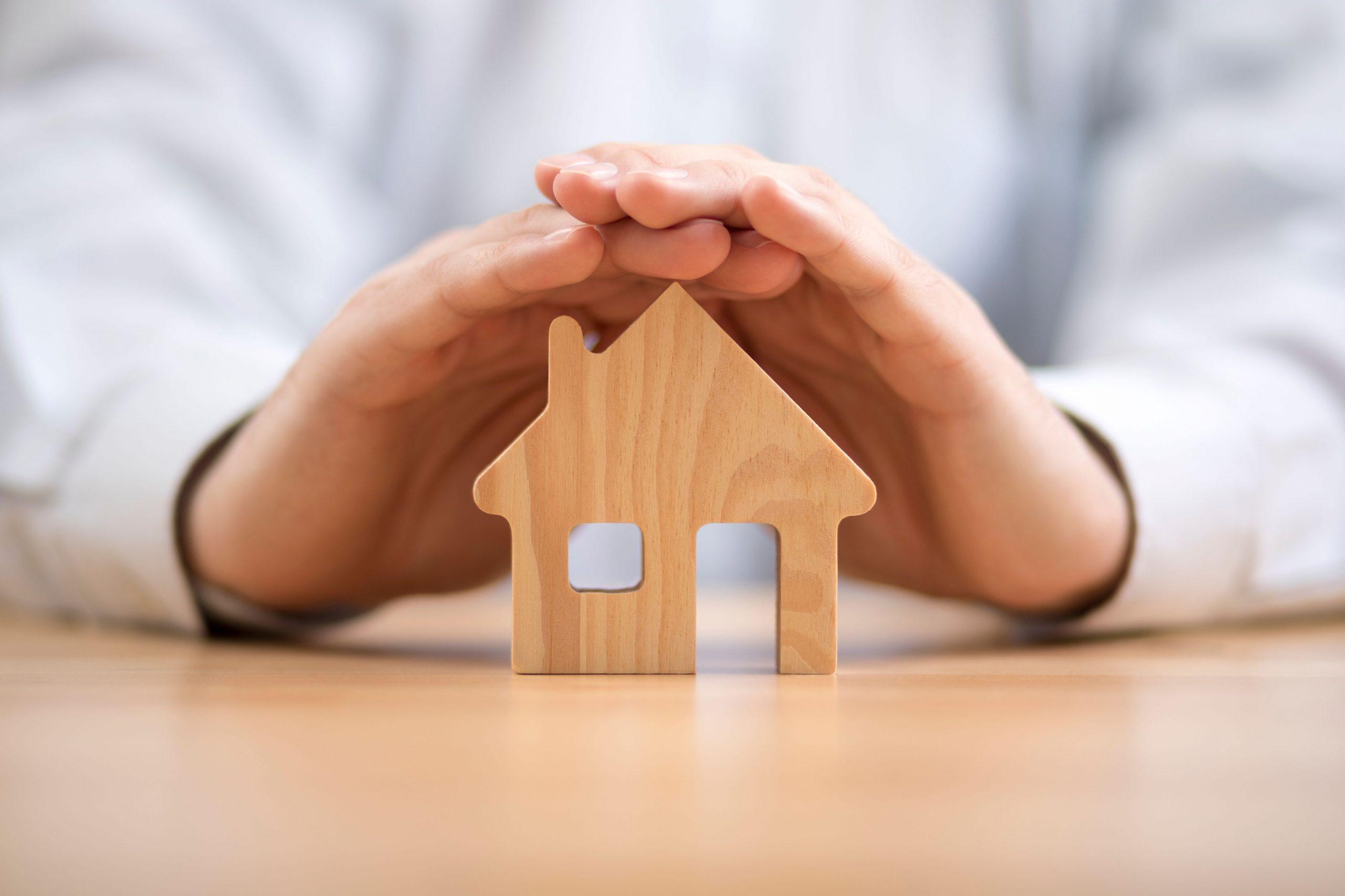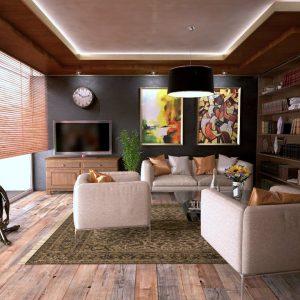Purchasing a home in Stratford may be one of the most significant investments you’ll ever make. And thus, it only makes sense to protect such considerable investment with the right home insurance.
Choosing the best home insurance in Stratford with enough coverage is critical in case of disasters or any issues in your home. That said, which home insurance coverage do you need? This article enumerates the standard coverage your home insurance should have and the additional coverage you may need.
Standard coverage of home insurance in Stratford
Dwelling coverage
Dwelling protection is one of the basic coverages of a home insurance policy. In the event of damage due to natural disasters, vandalism, fire, or other covered disasters, this portion of your insurance policy covers the cost of rebuilding or repairing the physical structure of your home, including windows, floors, roof, and walls. Generally, built-in appliances like furnaces and attached structures like porches, garages, or decks would also be covered.
Other structures coverage
From its name, other structures coverage refers to any structure that isn’t attached to your home, including a fence, detached garage, or shed. Typically, these structures may be covered separately from regular dwelling coverage but use the same guidelines as your home.
Personal belongings coverage
Personal property refers to clothing, furniture, appliances, and electronic devices in your home. This portion helps cover these items if they’re destroyed or damaged by a covered loss. Most home insurance policies also cover personal items outside your home. So, if your lawn mower gets stolen, it’ll likely be covered.
Please note that this coverage generally takes 50%–70% of the home insurance policy you have on your home.
Liability coverage
Home liability coverage helps protect you against lawsuits filed by other people. It pays for any bodily injury or damage you’re legally responsible for or caused by other family members and even your pets. For instance, if your tree collapses and damages your neighbor’s roof, your liability coverage can help pay for the damages.
Medical payments coverage
If someone not living with you gets injured while on your property, medical payment coverage can help pay for their medical expenses. This portion will cover any bodily injuries to other people within your property, whether or not you’re at fault.
Living expense coverage
If you can’t live in your home due to damage from a covered disaster, living expense pays the additional costs of living away from your home. Typically, it covers accommodation bills, restaurant meals, and other costs incurred while your house is being repaired.
Take note that the living expense coverage has limits on the amount as well as time. These limits are often separate from the amount paid for your home repair. So, even if you use up your living expense coverage, your insurer should still pay the total cost of repairing or rebuilding your home to the policy limit.
Additional coverage you may need
Flood coverage
Flood coverage is a must-have add-on if you live in an area prone to flooding. This portion helps pay for the costs of recovering after a flood and repairing your home.
Generally, homeowners living in flood-prone zones are required by their mortgage lender to have flood coverage.
Earthquake coverage
While standard dwelling coverage covers most natural disasters, it won’t cover earthquake damage. Most home insurance providers can offer a separate policy or earthquake damage endorsement.
Umbrella insurance
An umbrella policy can help pay out liability claims if your standard liability coverage already reaches its limits or the claim is over the limits of your insurance policy. Umbrella insurance may be suitable if you have high-risk potential or need extra coverage to protect more assets.
Expensive items or jewelry coverage
If you have a jewelry collection or other expensive items in your home, then this portion can help protect these high-value personal belongings. This coverage typically comes with an overall limit and a per-item limit.
Water backup coverage
While most sources of water damage, like a burst pipe, may be covered by standard home insurance policies, damage from water backups through your sewers or drains or a sump pump overflow isn’t typically covered. If you need protection against this type of water damage, you should add it as an endorsement to your policy.
Takeaway
Whether you’re getting ready to buy a home in Stratford or have already bought one, home insurance is a must-have to protect your investment. Knowing that you have the above standard home insurance coverage and necessary add-ons can give you peace of mind and a safety net if the unexpected occurs.




